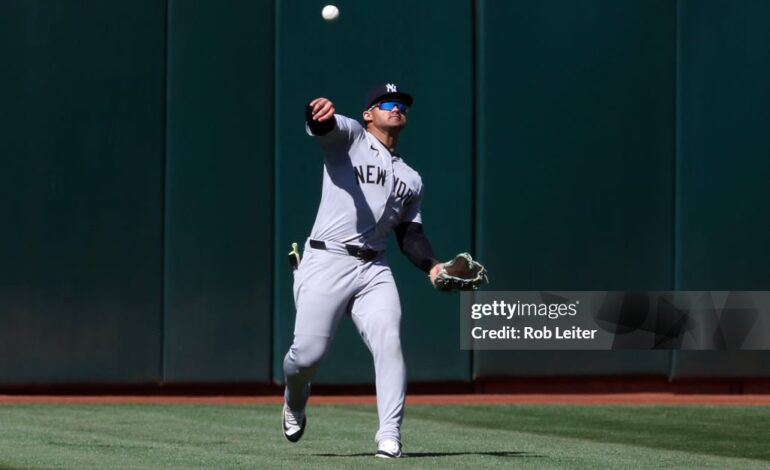Horse racing is a multi-billion dollar industry. This means there is huge pressure on those closest to the horses from owners when it comes to gaining lucrative prize money in some of the world’s biggest races.
However, there is no fine art to crafting a champion thoroughbred. There is also no foolproof plan for breeding a superstar for the future.
Therefore, trainers will use their experience to help get the best out of the horses in their yards. They hope that is enough to see them make it to the game’s very top. You can find more information about horse racing results and betting here: https://www.twinspires.com/edge/racing/betting-info/horse-racing/
Still, what are some of the most important considerations that trainers assess when training a potential horse racing champion?
Conditioning
One of the most important considerations that trainers must take into account is the conditioning of their horses. That includes maintaining fitness throughout the season. This ensures that it is at its peak by the time that significant races are run.
Building a horse’s conditioning starts at a young age. The trainer will work the equine as hard as possible to determine what kind of distance it will run over. Younger horses will also undergo foundation training to improve their coordination when running. This will also help define muscle tone.
Over time, horses will then be given more tailored workout routines. Trainers will have a better understanding when it comes to getting the very best out of the horse. At this time, trainers will also know the periods of the season when their runner will be at their peak, and on what ground conditions they run their best.
Horses will also complete breeze workouts at a trainer’s yard. This is just like going for a jog for humans. It will ensure that their body is still ticking over before training is stepped up before a big race.
Creating A Healthy Diet
Trainers have a huge number of responsibilities when it comes to the horses in their care. This includes making tailor-made diet plans for each runner within their yard.
Like all professional athletes, these will be monitored throughout the season to give a trainer a better understanding of what gets the best out of their horse.
Key food groups will be included in the diet plans of all horses. Supplements can also be issued to those who aren’t yet at their peak level of fitness or need something extra to put on muscle size.
Trainers will work very closely with veterinarians when it comes to designating diet plans for horses within their care. Vets can give their insights when it comes to the plans that could work best to get a horse to their optimal condition.
Building a Strategy
Strategizing is also a key part of being a trainer. Those in charge of yards will need to navigate paths for the horses within their care in terms of races that can be won. To do this, trainers will use their understanding of the horses within their care. They will assess the conditions that suit them best, and the distance in which they will excel over.
For example, if a trainer has a two-year-old that will be targeting the Kentucky Derby in their three-year-old season, he will start his runner over a six or seven-furlong distance. Then, they will gradually step them up in distance once they have been given the know-how whether they will stay the Derby distance. Mapping out plans for runners is important at the start of every season. Trainers could have several different runners that may be pointed toward big races.
However, it is rare that a trainer will send all his best runners to one big race. Instead, some will be pointed toward big Grade Ones over different distances, with the standout runner within the yard being saved for a race such as the Kentucky Derby.
Setting Tactics
As well as this, trainers will also have a big say in the tactics that should be adopted when their runner is on track.
Jockeys will also be involved in this discussion. The vast majority would have at least sat on the horse before taking a ride. Working out a tactical plan for a race can often be the difference between winning and losing at the top level.
For the most part, horses either like to be ridden prominently near the pace, or sit off the pace and do their best work late on trying to pick off rivals. Using all the information gained via training, trainers will be able to give their insight. They also look into what tactics could get the very best out of their runner in training.
Trainers tend to have special relationships with certain jockeys, with these often making the stable jockey. This rider will be in the saddle for many of the biggest rides throughout the season.
Make sure to visit Belly Up Sports for more sports content and entertainment.
Featured Image: Getty Images






